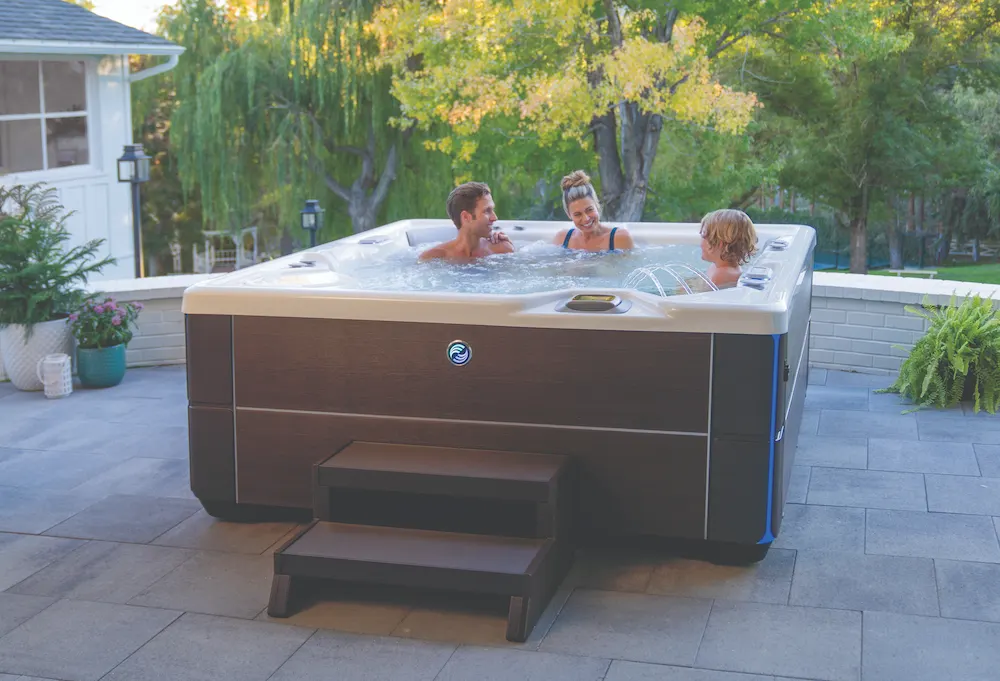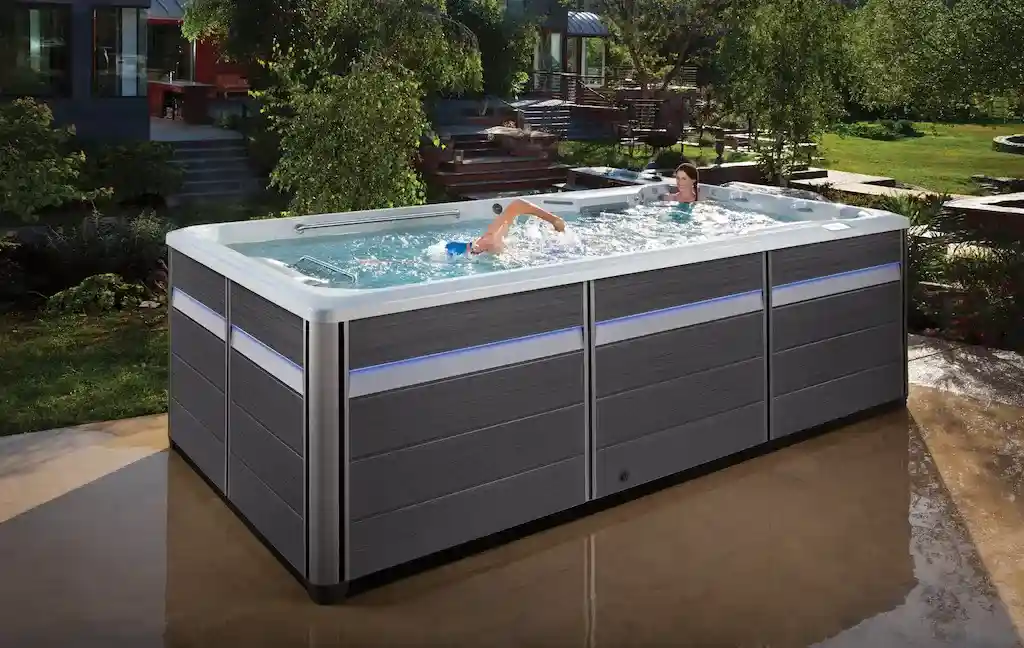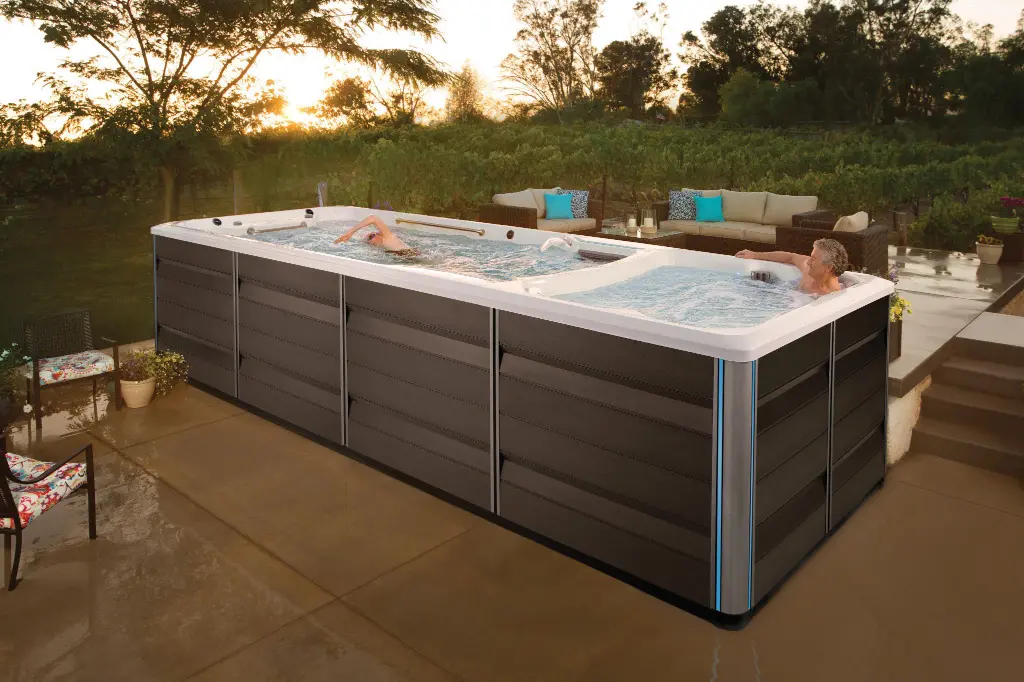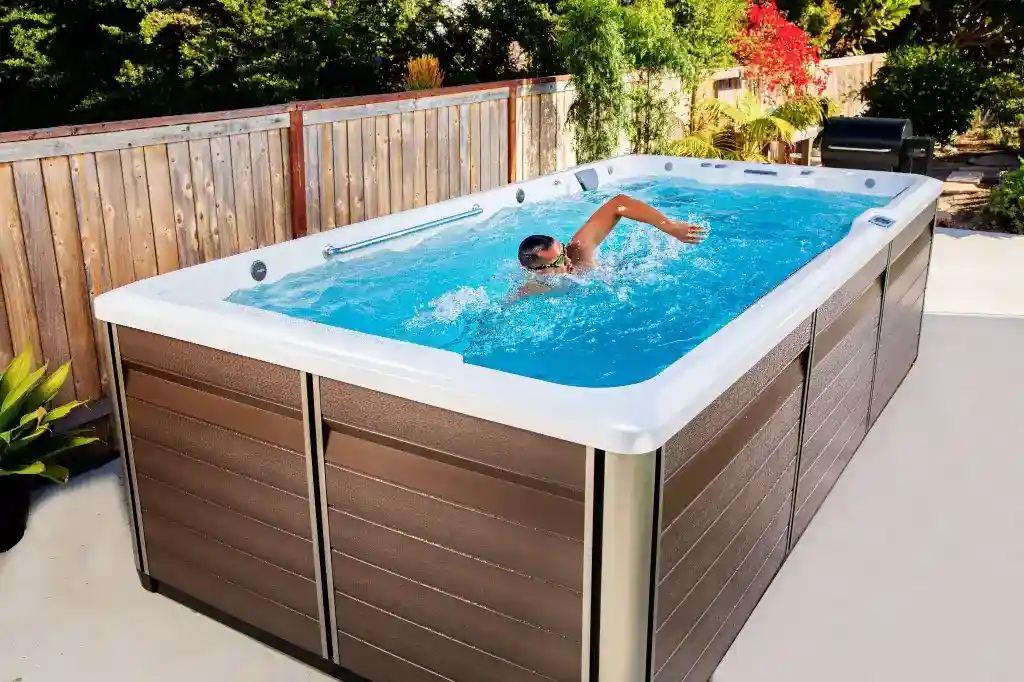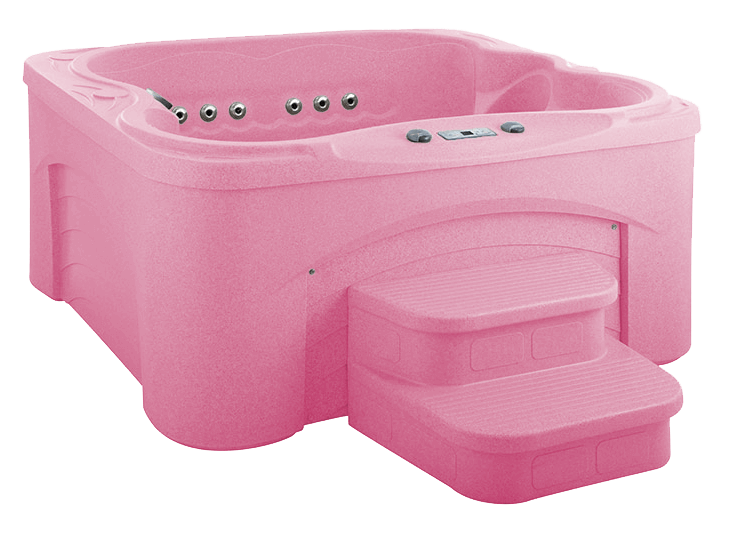In order to provide bathers with the most enjoyable experience possible, modern-day hot tubs feature a wealth of highly advanced features. From salt water sanitising systems to high-density insulation, economical circulation pumps, next-generation hydromassage jets, and in-spa audio-visual entertainment, it is difficult to cram much else in.
But as you can imagine, hot tubs and home spas didn’t always have so many innovative and ingenious attributes. In fact, they used to be incredibly basic and rudimentary, as the sensation of soaking in hot water provided enough pleasure for most people.
So, if you have ever wondered about the evolution of the home spa, here is a brief lesson in hot tub history.
Ancient hot tub incarnations
There is archaeological evidence to suggest that hot therapeutic baths were used by the early Egyptians some 4,000 years ago. The very first hot tub could well have been made for King Phraortes of ancient Persia in 600BC, which was chiselled out of solid granite.
The great philosophers of Greece including Plato, Homer, and Hippocrates were also fans of hot water, as they believed it had therapeutic qualities. Elaborate structures were built around water springs, which was where social gatherings and activities took place too.
Then came the Romans, whose rulers would outdo their predecessors by designing and building extravagant large-scale spas. These facilities were often constructed to help weary legionnaires recovery from their military wounds and ailments.
You might not know that the term spa is actually an acronym of “Sanus Per Aquam,” meaning “health through water.” Spas were built across the Roman Empire and would often include sports arenas, massage parlours, and restaurants too.
In Japan, hot water bathing in freestanding wooden tubs known as ‘ofuro’ has been a family tradition for centuries, while the saying ‘Mizu-no-Kokoro’ translates into ‘Mind Like Water’.

Modern-day hot tub development
The first modern home spas were said to originate in California around 1958, often crafted out of old redwood vats and discarded wine barrels. The swinging sixties also encouraged hot tub development, but water sanitation and filtration systems weren’t exactly a priority.
Another problem was using wood as a material, as it did little to prevent leaks, contained natural toxins, and was a breeding ground for bacteria, mold, algae and slime. But by the end of the decade, the first fibreglass shell hot tubs came to market, which were soon replaced by cast acrylic in the early seventies.
This made it much easier for owners to maintain water cleanliness, while manufacturers could also start integrating pumps, filters, control systems, and jets into the malleable and versatile plastic. While several technologies were borrowed from the swimming pool industry, the work of an Italian migrant changed the face of hot tub design forever.
A couple of decades previously, Candido Jacuzzi used his aviation engineering background to develop a whirlpool bath for his son Ken, who had rheumatoid arthritis. Years later, third generation family member Roy Jacuzzi invented and marketed the first self-contained, fully integrated whirlpool bath, and the family surname became synonymous with hot tubs.

Ever since, hot tub design and development has continued to advance, providing bathers with the ultimate home spa experience.
Today, here at HotSpring World we make sure that our hot tubs and spas are at the cutting edge of new developments, for your comfort and enjoyment; Every day made better!

